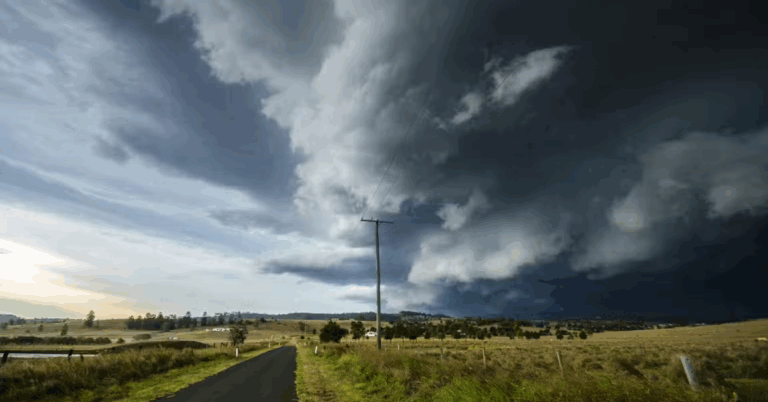
Oregon, with its stunning landscapes and vibrant outdoor life, is about to face a familiar seasonal shift. As the days get shorter, residents will notice daylight slipping away faster than they might expect. This change can impact everything from mood and energy levels to daily routines and outdoor activities.
For those who love soaking up the sun or enjoying long evening walks, this transition signals a time to cherish every ray of daylight. Let’s explore what causes this change, how much daylight we can expect to lose, and some tips to make the most of it while it lasts.
Why Are We Losing Daylight?
The main reason Oregon loses daylight in the coming months is due to the tilt of the Earth. As the Northern Hemisphere tilts away from the Sun during fall and winter, the amount of direct sunlight we receive decreases. This shift leads to shorter days and longer nights.
The time change with daylight saving ending also plays a role. In 2024, Daylight Saving Time ends on November 3, meaning clocks will be set back one hour. According to the National Institute of Standards and Technology (NIST), this adjustment causes sunrise and sunset to occur earlier, further reducing evening daylight.
How Much Daylight Will Oregon Lose?
Oregon is already known for its shorter winter days compared to states located closer to the equator. Around the winter solstice in December, Portland, Oregon, will experience roughly 8 hours and 30 minutes of daylight, down from around 14 hours in the summer months.
This means during late fall, the day length decreases by approximately 2 to 3 minutes daily. Even though it sounds small, the cumulative loss quickly becomes noticeable, especially for outdoor enthusiasts and those who prefer daylight hours for work and play.
Impact on Daily Life and Mood
The reduction of daylight can affect people in many ways. Reduced sunlight often leads to changes in mood, with some experiencing seasonal affective disorder (SAD), a type of depression linked to less exposure to natural light. To help combat this, health experts recommend maximizing your time outside during daylight and considering light therapy if needed.
Moreover, shorter days can impact productivity and energy levels. Younger people, students, and professionals might find it harder to stay motivated when darkness falls early. Establishing a routine can help maintain a healthy balance between work, rest, and outdoor activities.
Tips to Make the Most of the Remaining Daylight
Even with diminishing daylight, there are ways to enjoy the outdoors and stay active in Oregon. Consider scheduling your workouts or outdoor time during midday when sunlight is strongest. Visiting parks, hiking trails, or even simply taking a walk can improve mood and increase vitamin D levels.
Since evenings get darker earlier, ensure your home and workspaces have good lighting to maintain focus and comfort. Also, stay connected with friends and family to keep spirits high during the darker months.
Looking Ahead: When Will Daylight Increase Again?
Thankfully, the daylight loss reverses after the winter solstice around December 21. From that point onward, the days gradually grow longer, a sign that spring is not too far off. According to the U.S. Naval Observatory, by late February and March, Oregon starts seeing more daylight, which boosts energy levels and overall well-being.
Until then, embracing the seasonal change and adjusting life accordingly is the best approach. Remember, this natural cycle is something every resident faces and adapts to yearly.
Conclusion
While Oregon’s daylight hours shrink as winter approaches, it is a perfect time to appreciate the daylight we have. By understanding why the change happens and preparing for its effects, you can stay healthier and happier despite shorter days. Whether it means moving your schedule to catch more sun or simply enjoying cozy indoor activities, make sure to enjoy it while it lasts.









